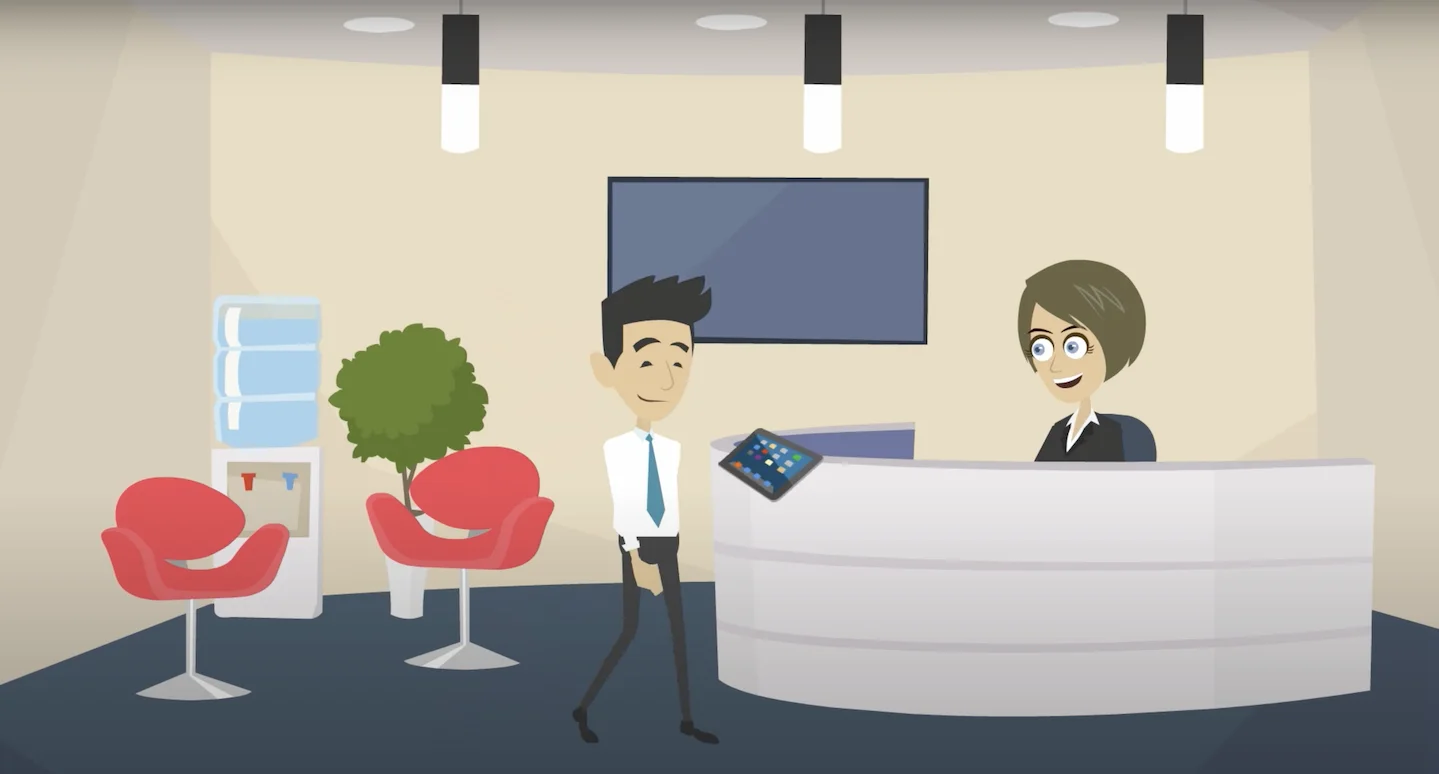
Dec 04, 2025
Written by Jill - Written: December 4, 2025
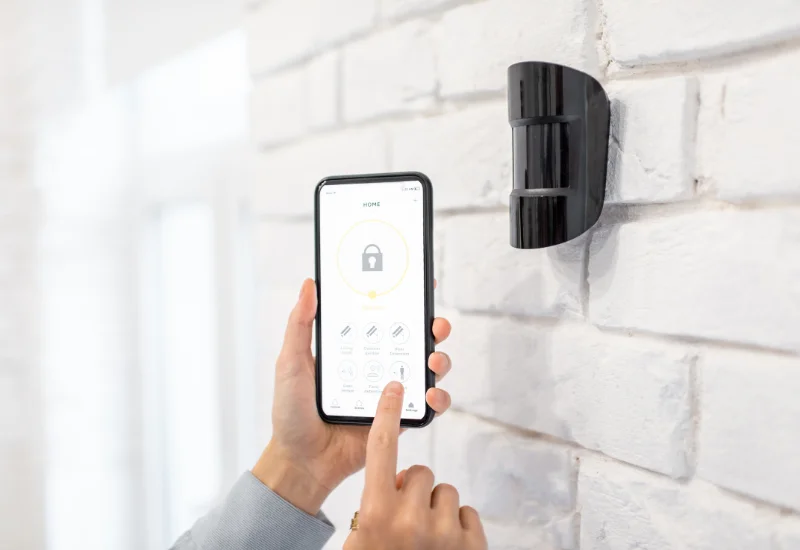
The office a boring place? It doesn’t have to be. Many companies are finding ways to automate repetitive tasks, saving them time and money and boosting office productivity while adding a little fun to the daily job.
Let’s have a look at these wonderful examples from two San Francisco based companies – and a geeky little hack of our own.
Employees at website and e-commerce company Weebly must surely feel like they ended up at Hogwarts School of Witchcraft and Wizardry, every time they enter their meeting/relaxation room. To enter, they must pull a specific book on a shelf. A mechanism that opens the door is hidden inside the book – a science fiction story by Douglas Adams – but the secret room at Weebly isn’t fantasy at all.
We certainly love the office hack San Francisco based IaaS company Pub Nub came up with. Don’t you just hate it when you’re craving your umpteenth cup of coffee of the day, and just when you make it to the coffee machine someone else is pouring out the last drops?
Pub Nub knows all about empty coffee pots – and found a solution. They connected the coffee dispenser to a scale, which is in turn connected to a Raspberry Pi device. Employees can now monitor the coffee level from their own desk, and get notified when a new pot is due to be brewed.
Vizito’s own office hack is a customized rocket launcher to spice up things at the office. Programming all day can get a bit boring, so when someone loses focus and causes a test of the system to go wrong, a rubber rocket is fired at that person. It’s just a geeky way to make work a bit more exciting and fun.
Of course it’s not all about fun. After all, the work still has to be done. So how can you make your office hacks work for you? Here are 15 ways how automating tasks can help your company save time and money.
Managing your invoices can be very complex and time consuming. On the plus side, there are several tasks you can automate.
Using a billing automation tool like Sage, Scoro, Invoiced or Wave, compiling invoices takes only seconds. The system automatically adds the client data and calculates the amount due. All you have to do is check the invoice and click ‘send’.
Reminding customers about due payments can be very tiresome. The tool also does this for you. A reminder is sent the minute a bill crosses its deadline.
Incoming invoices can be managed with automation tools, such as Microsoft Power Automate. You can use this tool to automatically archive your received documents.
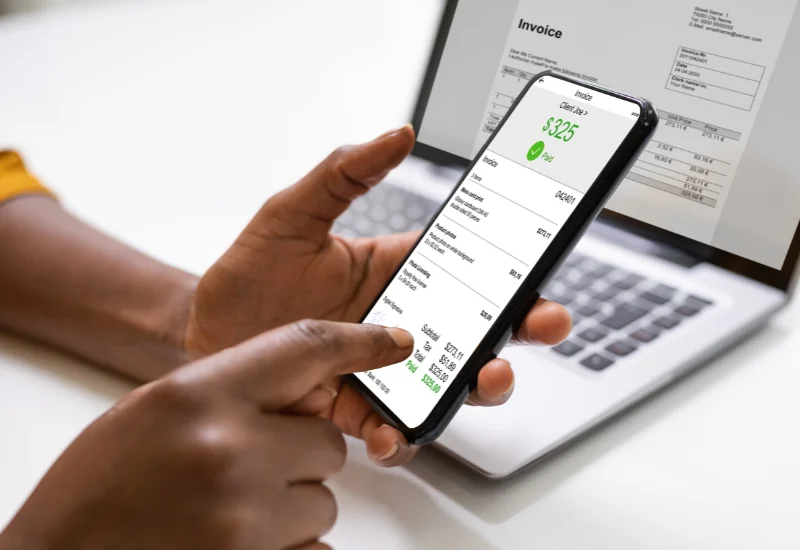
If used correctly, emails are an efficient way to communicate. But it’s easy to loose tons of time on filtering, reading, replying to and writing them. There are a few tricks to avoid that.
The first thing you can do, is to set up your email client to create templates (‘canned responses’ in Gmail) and customized signatures. This way you don’t have to start writing each email from scratch.
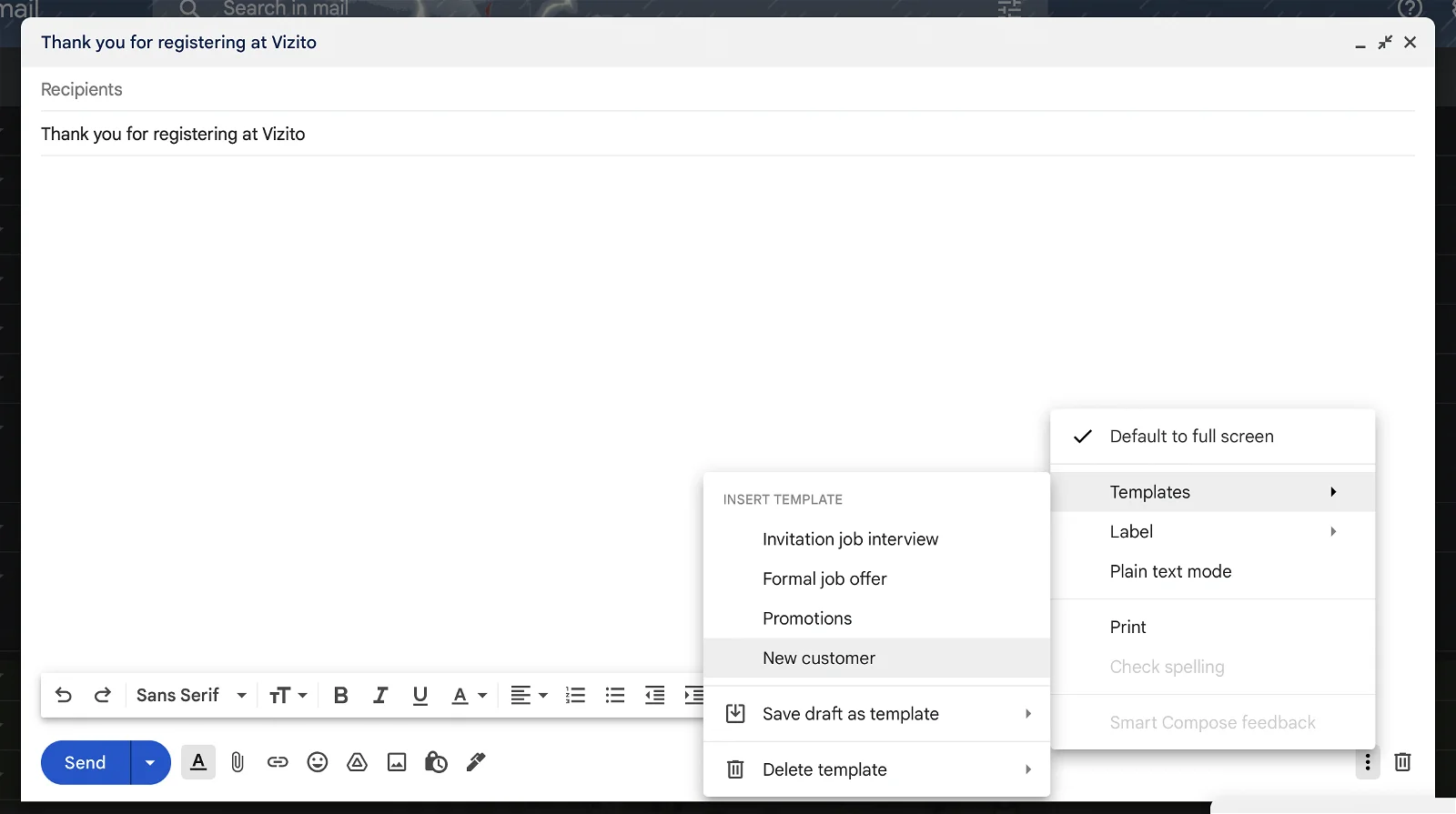
Another simple trick to save time, is by setting up rules and labels to make your inbox easily scannable – and automatically remove emails you don’t have to read. For instance: make all emails from your boss to show in red, or assign emails from customers to a certain folder.
You can also set up auto-forwarding rules in your email client to make sure everyone gets the information they need, without you having to forward emails manually.
On top of all this, all kinds of software tools integrate with email. If you are using a visitor registration system, for instance, you get automatic alerts when a visitor has arrived to see you. To learn more on how a visitor registration system can help you to automate things in the office, try out Vizito during a 14-day trial.
(Potential) customers don’t tend to be very patient: when they send an inquiry - whether by email, chat or form - they like to get an instant response. Having them wait for just 10 minutes may imply missing out on a potential new lead. But chances are you don’t have an employee at hand every minute of the day to tackle each inquiry instantly.
An automatic answer may be a solution. Even a simple, templated reply makes a huge difference to your customer, and can buy you some time. Software such as Pipedrive and Zendesk provide such features.
Of course you want to know how your company is doing online. Tools like Google Analytics and Adobe Analytics provide you with valuable information you can check on a daily basis, like website performance, audience insights and results from acquisition campaigns.
For the technical people among us, there are also open source alternatives that best protect visitor privacy such as Umami. Our website relies on the privacy centered Umami analytics to track website performance and we love it!
You can check this information on a daily basis, or you can have these tools sending you automated reports to get all the data you want.
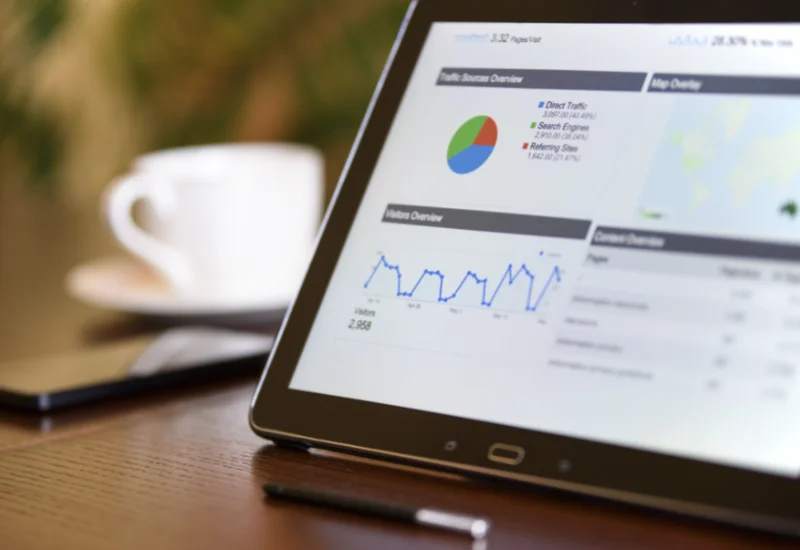
If you are still posting to social media sites manually, it’s time to stop now. Being active on social media is a must for branding, relationship building and networking, but it can easily be a full-time job. Tools like Buffer, Hootsuite and CoSchedule let you schedule and automate your content on social media well in advance, so you don’t have to interrupt your work to post updates to each of your social profiles.
Emailing back-and-forth in order to schedule a meeting can be time consuming. Luckily for you, this process can be automated.
Tools like Google Calendar and Outlook have built-in features for colleagues to see when team members are available to meet.
For scheduling meetings with people outside your office, like clients, there are tools like Calendly and Doodle, to find a time everybody is available without having to share your calendar.
If your team communicates in Slack, you can use Slackbots to promote daily interactions. Ask your teammates automated questions like “How are you doing?”, “How is your project going?” and “What are you working on?”. This knowledge helps save time in meetings and keeps you updated.

Tools like DailyBot let your team members document their daily work. A morning recap of the team’s achievements is sent out automatically via email. This may be particularly helpful if (part of) your team is working remotely.
Using messy spreadsheets for planning shifts is prone to confusion and mess-ups. To avoid this, you can use a scheduling tool such as Skedulo or Findmyshift. All team members can easily consult their schedule and get notified automatically of shift changes.
Project managers tend to take on a lot of tasks. Plenty of project management tools, such as Trello, Asana, Clickup and Basecamp help teams organize these tasks and improve collaboration.
These tools can be integrated within your software, to send automated task reminders or add tasks automatically from other tools.
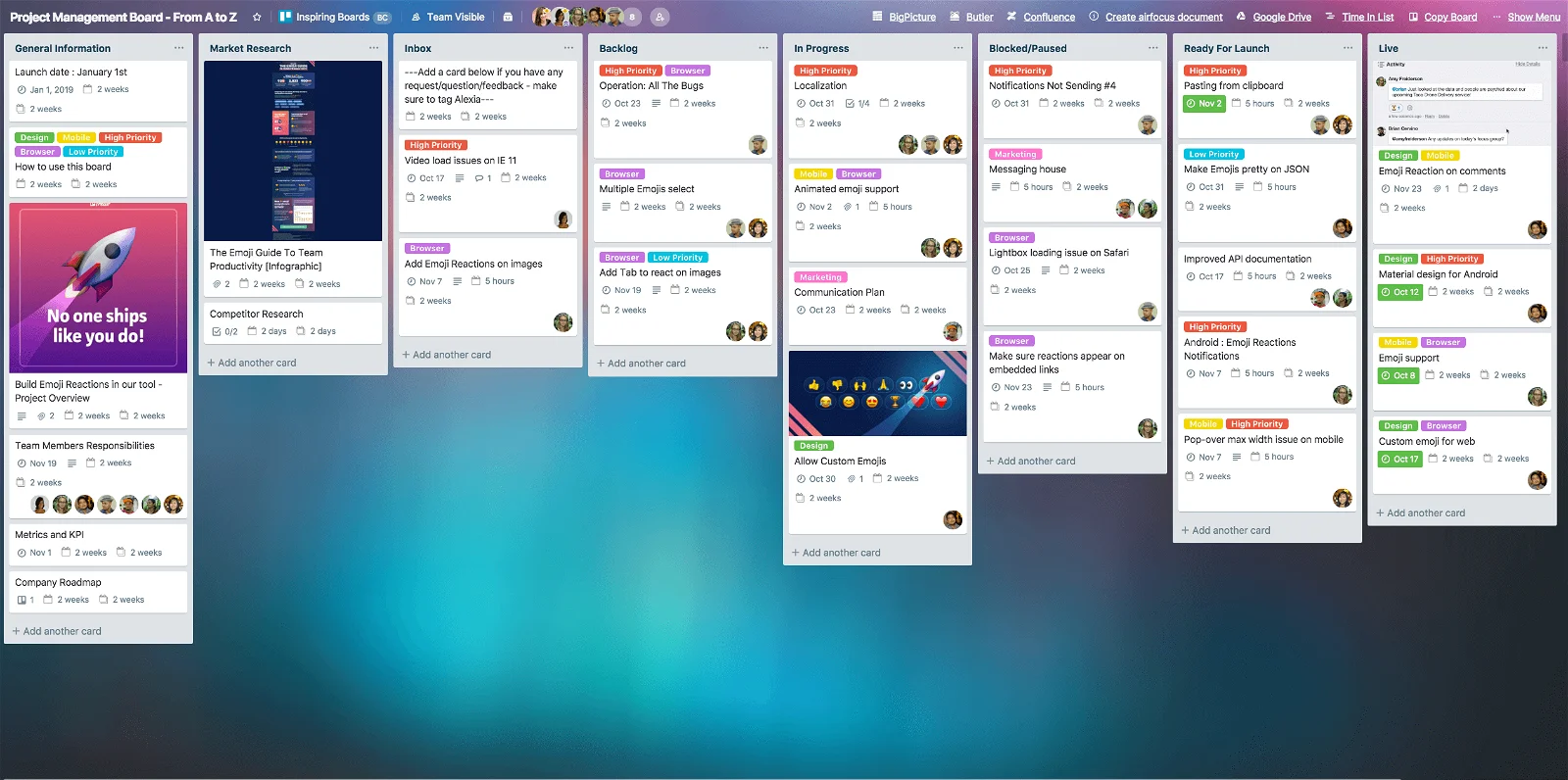
For small businesses, email marketing has the highest return on investment. Research shows that every dollar spent on email marketing will make you 42 dollars.
From sending weekly newsletters, birthday wishes to drip campaigns: the possibilities are endless.
With email marketing tools like Mailchimp, Sendloop and Customer.io you can create custom templates to send every new lead a personalized email.
Are you stil using pen and paper to sign in visitors? A classic paper log may be very time-consuming and holds certain risks – data privacy being the first that comes to mind. Digital visitor management not only improves safety in your company, it’s also better for climate and can save you heaps of time.
While visitors are signing in on a tablet and their data is automatically being stored in the cloud, receptionists and office managers can focus on other, more important tasks, such as providing visitors with a first-class welcoming experience.
Systems for digital visitor management integrate with all kinds of software tools, such as email, Slack and Teams, in order to send you an automatic alert when your visitor has arrived. If you are interested to learn how digital visitor management can help your business, you can try out Vizito during a 14-day trial, chat with us or book a demo.
Read more on digital visitor management
5 Myths About Digital Visitor Management
How To Get Started With Digital Visitor Registration In Less Than 30 Minutes
Another automation that helps climate while saving you time and money, are smart sensors to switch on lighting, heating and air conditioning only when a room is in use. This technology can be managed with tools such as Home Assistant. It allows you to monitor your energy usage over time, which makes it possible to make substantiated strategic decisions.

As stated earlier, there is nothing to ruin your day like running out of coffee. To avoid this, plenty of brands came up with coffee makers that can be scheduled to brew up to 24 hours in advance. If a cup of coffee is what gets your employers up and running in the morning, investing in one of these devices may be something you’ll want to consider.
Nobody likes to vacuum. Chances are you already own a robot vacuum cleaner for your home, but have you considered one for your office?
As we all know, office spaces can get messy very quickly. When everybody is focussed on deadlines and generating leads, nobody bothers with dirty carpets and floorings. However, sloppy offices aren’t beneficial for productivity and customer impressions.
Having a cleaning service over daily will cost you a lot of money. A robot vacuum cleaner may be a solution. There are even combo vacuum-mops on the market, that sweep, vacuum and mop your floors at the same time.
It’s clear that small innovations like these can have a huge impact in small businesses. They help you save money, save time, make a great impression on potential customers, or just create a little bit of fun.
So which office hacks will you adopt in your company?
To get a feel of how a modern visitor management system can help your business, try out Vizito during a 14-day trial, chat with us or book a demo to discuss how Vizito can help you improve your reception.
Got more questions? These are the 7 most common questions about visitor management systems – and our answers.